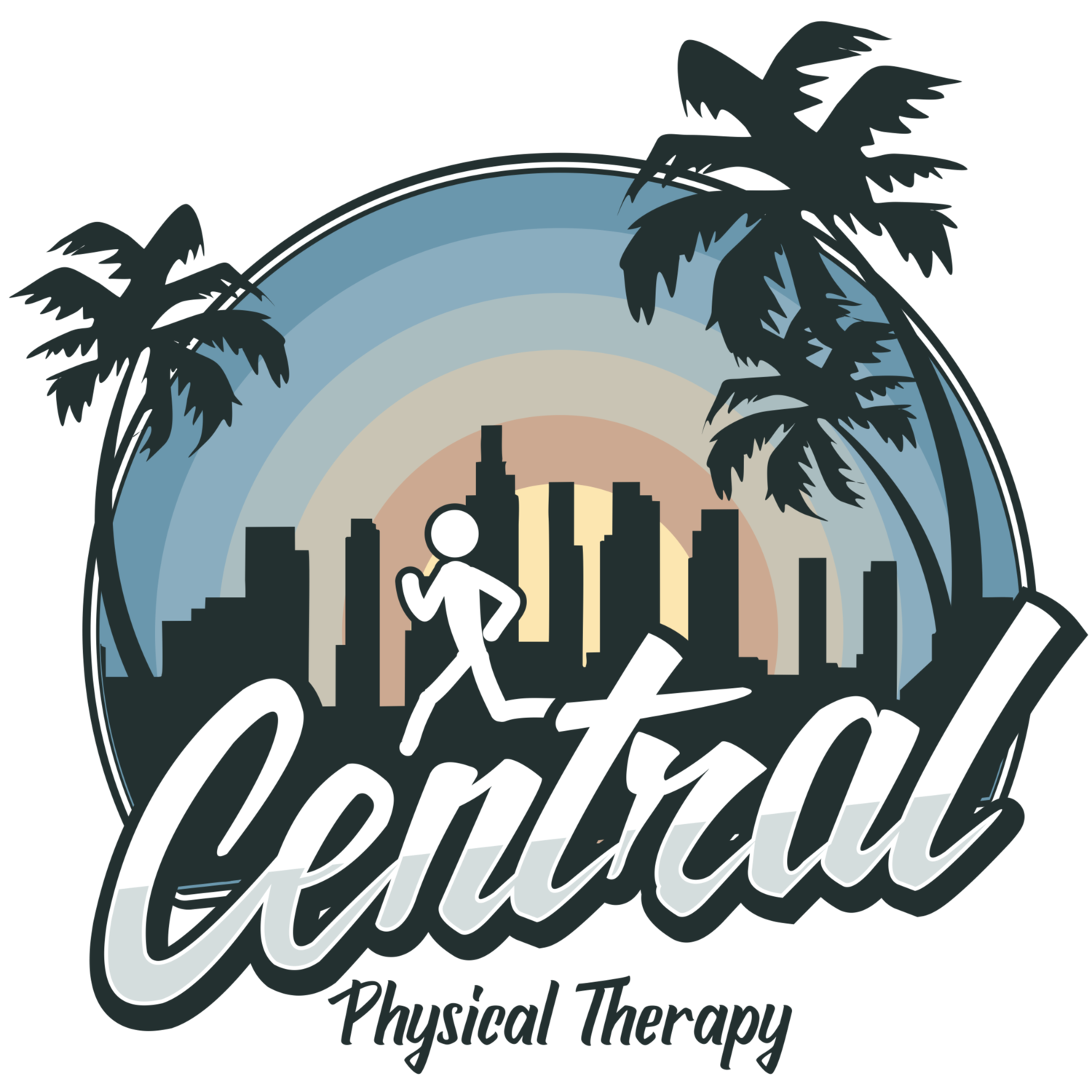“Could I improve my forward head posture?”
Everyone has different head/neck positions. Whether this has developed gradually ever since you were young or is something you have noticed more recently, “forward head posture” doesn’t just happen overnight.
What do I mean by “forward head posture”? Look into the mirror from the side and try to be in your “normal” or usual position. If you were to drop a line from the ceiling to the floor would your ears be aligned with your shoulders? Or are your ears more forward in relation to your shoulders? Many will likely have their ears more forward than their shoulders — some more pronounced than others.
The important thing here though is that in most cases this can be mitigated. We can start with everyday behaviors. Take the use of cell phones for instance. We use our phones for pretty much everything these days for hours at a time, and if we use it like the person in the picture below, you will likely develop neck/back pain. Ideally we want to use our phones with our spines more upright.
Laptop use is another behavior to be aware of. Are you using your laptop like the girl or guy in the pictures below? If that’s how you’re doing your work full-time, that is also not a good prognosis for your neck or your back in the long run. This is something that can be adjusted with an ideal desk setup as well as proper sitting/standing.
Now are we able to adjust and train the head and neck to be more upright in good posture? In most cases, yes. Like I was saying above, the forward head posture is likely something that has developed over a long period of time. Simply tucking the chin in anytime you’re consciously aware of it will not likely change things in the long run. It’s good to work on strengthening your deep neck flexor muscles, neck extensor muscles, and postural muscles individually, as well as working on thoracic spine mobility — these are all things I instruct my patients on as well, but those things in and of themselves may not keep your head/neck upright.
The muscles in the trunk have to work together in proper activation and coordination. This includes the muscles in the lower trunk (diaphragm, pelvic floor, abdominals, and low back muscles), as well as the upper trunk (deep neck flexors and neck extensors in the upper thoracic region). You can’t simply work on trying to be neutral in the upper back/neck without it also being neutral in the lower/mid trunk, and vice versa. The three levels of your upper neck, diaphragm, and pelvic floor muscles have to be aligned and parallel. Training this takes time and consistency and as you develop an awareness of what these neutral positions feels like it becomes easier to maintain. In other words, it becomes more automatic, controlled by the central nervous system.
Links
-Blog post on optimal trunk stabilization
Questions or comments? Contact us.




